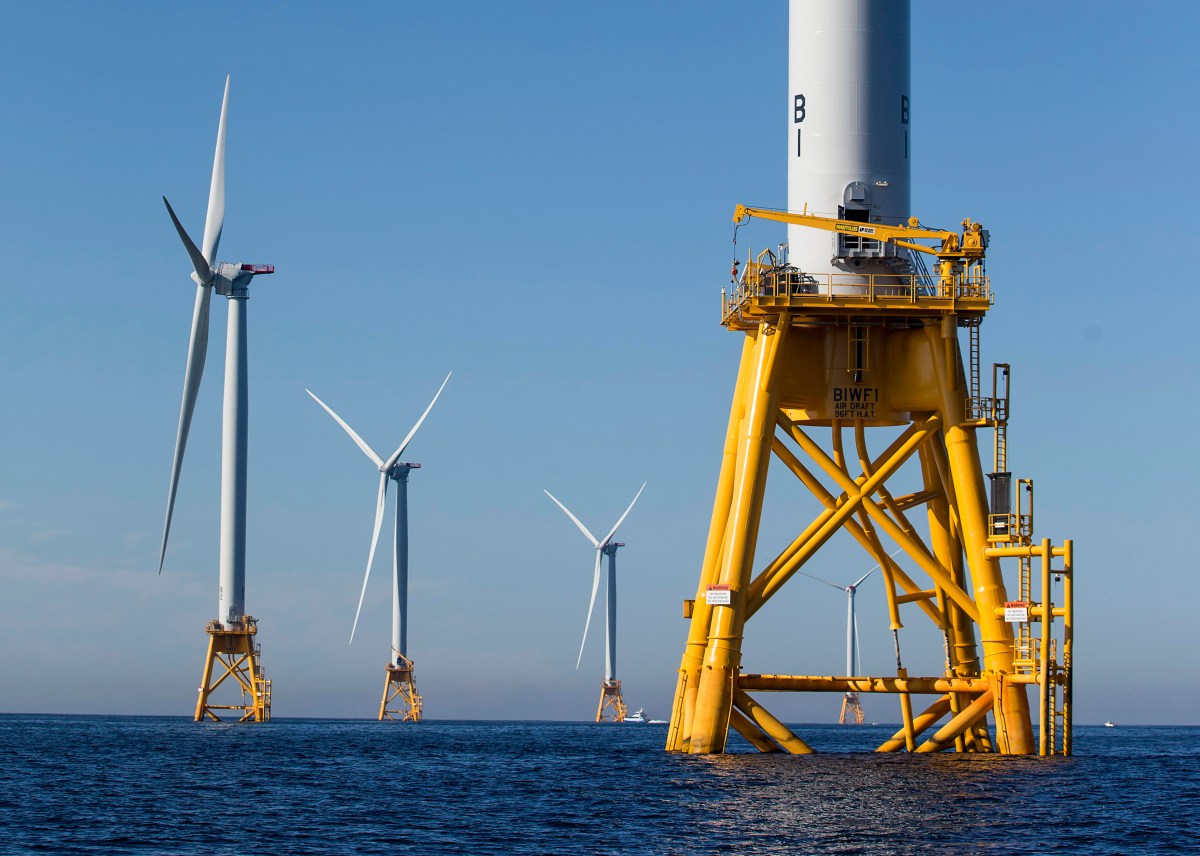Trump’s Bold Move to Halt Offshore Wind Energy Expansion
Donald Trump’s executive order, signed shortly after he took office, poses a significant challenge to the emerging offshore wind energy sector in the United States. This order halts federal leases for offshore wind development, a critical step that could hinder the growth of renewable energy in the country.
Impact of Trump’s Executive Order on Offshore Wind Development
The executive order was signed on a Monday and specifically targets leasing on the outer continental shelf, a prime area for offshore wind energy due to its higher wind speeds and proximity to shore. The order states:
“This withdrawal does not apply to leasing related to any other purposes such as, but not limited to, oil, gas, minerals, and environmental conservation.”
Effects on Existing Offshore Wind Projects
While the order does not immediately halt ongoing projects that have already secured leases, it does instruct the Secretary of the Interior to review these contracts for potential termination or amendments. This could create uncertainty for developers and investors in the offshore wind sector.
Current State of Offshore Wind Energy in the U.S.
The offshore wind industry in the United States has faced numerous challenges. As of May, only a handful of offshore wind farms were operational, generating a mere 174 megawatts of capacity, according to the National Renewable Energy Laboratory. This amount is a small fraction compared to the global total of 68 gigawatts, predominantly located in Europe and China.
Positive Trends Prior to the Order
Before the executive order, the outlook for offshore wind was improving:
- 4.1 gigawatts under construction
- 3.4 gigawatts approved for development
- 19.8 gigawatts in the permitting process
These advancements were integral to meeting the Biden administration’s ambitious goal of boosting offshore wind capacity to 30 gigawatts by 2030.
Challenges Facing Offshore Wind Energy
Despite its potential, offshore wind energy remains more expensive compared to other power sources. However, its consistency and proximity to major population centers, including data centers, make it an attractive option. For example, last year, Google committed to purchasing 478 megawatts of offshore wind energy to power two data centers in the Netherlands.
Obstacles to Growth in the U.S.
In the United States, the sector has encountered public resistance and a lack of necessary infrastructure for constructing and installing wind turbines. Additionally, the availability of inexpensive, windy land in the Midwest has made onshore wind turbines a more appealing option for energy developers.
Looking Ahead: The Future of Offshore Wind
While Trump’s executive order may stall offshore wind development in the U.S., it is unlikely to completely eliminate the industry. Instead, the sector could see growth in other countries, allowing companies to gain valuable experience and expertise while waiting for the U.S. market to reopen.
For more information on renewable energy developments, you can visit U.S. Department of Energy or explore related articles on our website.







